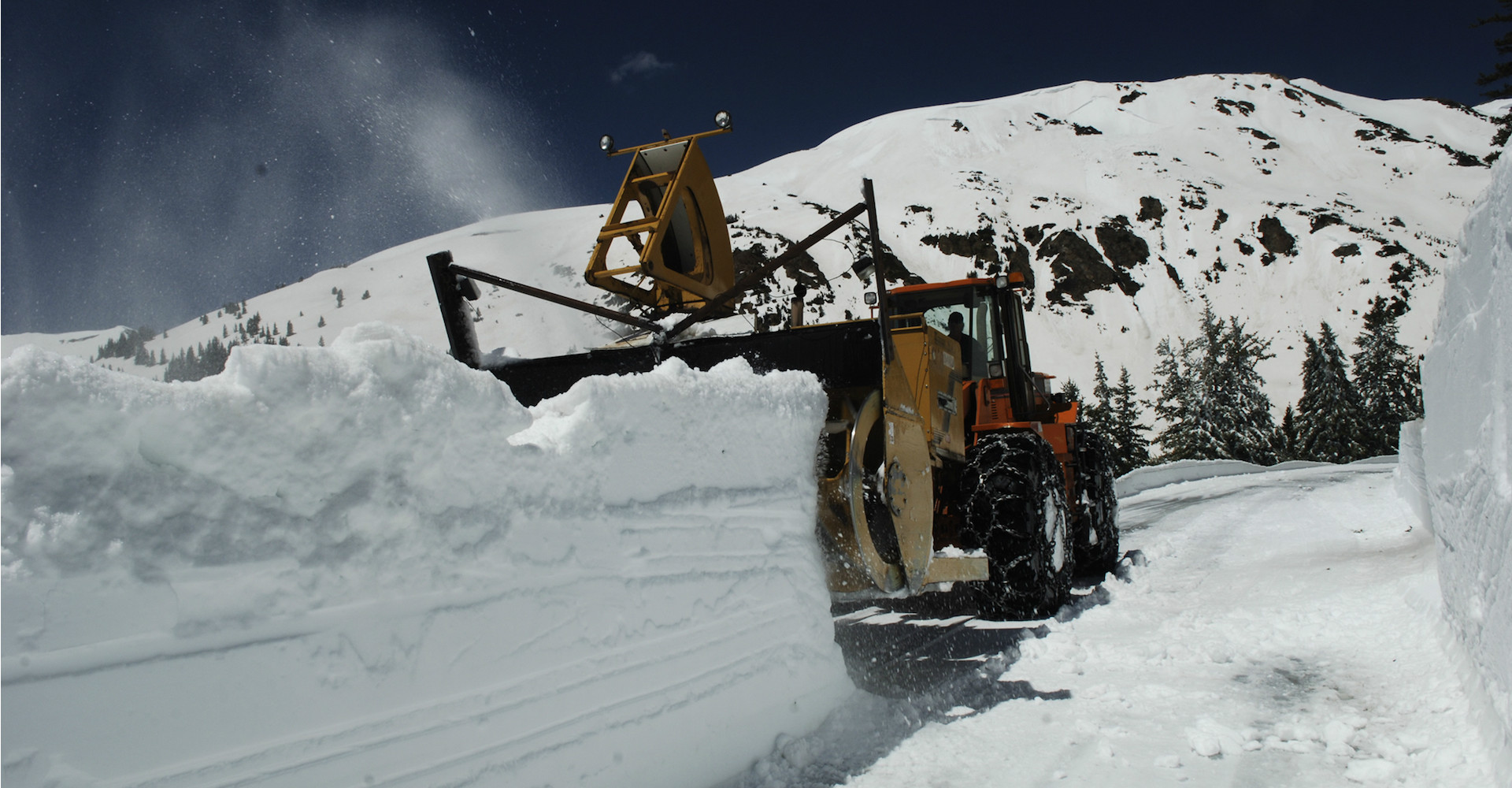Deep state
Colorado's strong snowpack eliminated drought conditions statewide. Here's what that means for our rivers, reservoirs and wildfire risks.

Coloradans can retire the refrain, “We need the moisture.” At least for the time being.
For the first time in at least 19 years, no area of the state is experiencing drought conditions as measured by the U.S. Drought Monitor, which has been measuring conditions since 2000.
Epic winter snowfall coupled with a cool, wet spring have left snowpack in the state at 1,391% of its typical snowpack as of June 19, according to the U.S. Department of Agriculture’s Natural Resources Conservation Service data. The numbers are staggering: Snowpack in the Colorado River basin is 2,939%, and in the southwest corner of the state, the San Miguel, Dolores, Animas and San Juan River basins are at 3,328%.
While the end of drought conditions is widely considered a positive, water experts warn that existing conditions could be a double-edged sword for Colorado.
On the positive side, the “amazing” June snowpack is good news for Colorado’s river-related recreation economy, said Tom Cech, director of Metropolitan State University’s One World One Water (OWOW) Center for Urban Water Education. Whether the snow melts gradually or in a late-spring or early-summer surge, it’s good news for tourists recreating on the state’s rivers and mountain creeks, though safety will be paramount as flows rise.

Likewise, Colorado’s water infrastructure is capable of capturing large volumes of water in reservoirs for flood control and future use, said Thomas Bellinger, Ph.D., a hydrologist who teaches environmental science and policy, snow hydrology and water law in MSU Denver’s Department of Earth and Atmospheric Science.
“Past high-snowpack years – 1995 and 2003, for instance – proved that the state’s infrastructure can handle these conditions,” he said.
Reservoir storage remains generally low in anticipation of rising stream flows as rivers have yet to peak, the USDA NRCS said in a June 6 press release. Below normal reservoir levels will help in absorbing above normal stream flows.
Just don’t expect those full reservoirs to lead to lower municipal and commercial water prices, Cech said.
“In general, expect water prices to continue to escalate,” he said.

But a stretch of warm days in the High County – especially with rain added in – could melt a lot of snow quickly, sending a “pulse of water” into the Front Range via waterways such as Cherry Creek, Coal Creek, Boulder Creek and other tributaries that merge into the South Platte River north of Denver, Cech said.
Compounding the danger of a fast melt is the fact that the state’s snowpack is actually deeper than the data indicate, Bellinger said. Snowpack data cited in this story and other publications come from “snowpack telemetry” stations – known as SNOTEL – that are between 10,000 and 12,000 feet of elevation.
“There is a lot of snow above that elevation, and while it may melt slower because of cooler temps up there, much of it will melt into already-full rivers,” he said.
While it may defy logic, the current wet conditions in the mountains may increase the danger of wildfires, Bellinger said.
“The mountains are so green right now, and if this snowpack and a wet spring lead to a lot of undergrowth, that could become fuel for forest fires if it dries out in the late summer or fall,” he said.
Cech and Bellinger warn that the current drought-free conditions do not portend a drought-free future.
“This will likely be a good recovery year, but we’re coming out of an El Niño cycle, which tends to be wetter, and entering a La Niñacycle, which tends to be dryer,” Bellinger said.
El Niño patterns develop when water temperatures in the Pacific Ocean near the equator warm above average, according to the National Center for Atmospheric Research. La Niña conditions occur when that water is cooler than average.
Likewise, the long-term trends of climate change point toward extended periods of drought in Colorado, Bellinger said.
“With climate change, we can still expect these periods of relief,” he said. “But the trends point toward extended periods of drought in the American West.”



